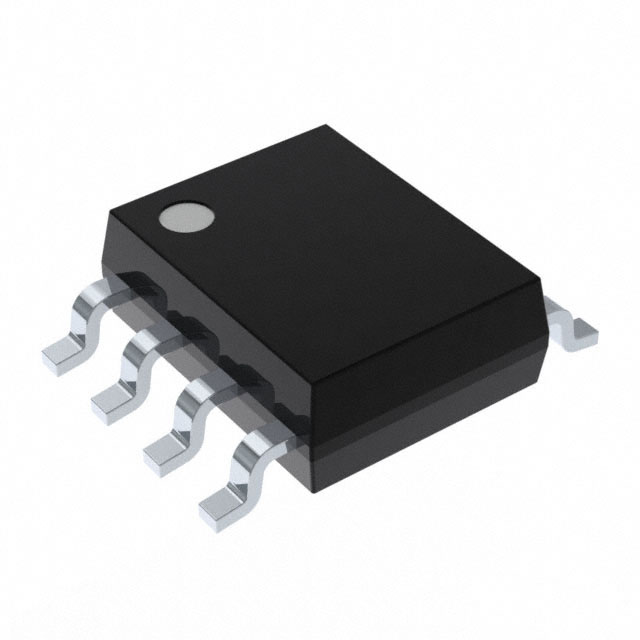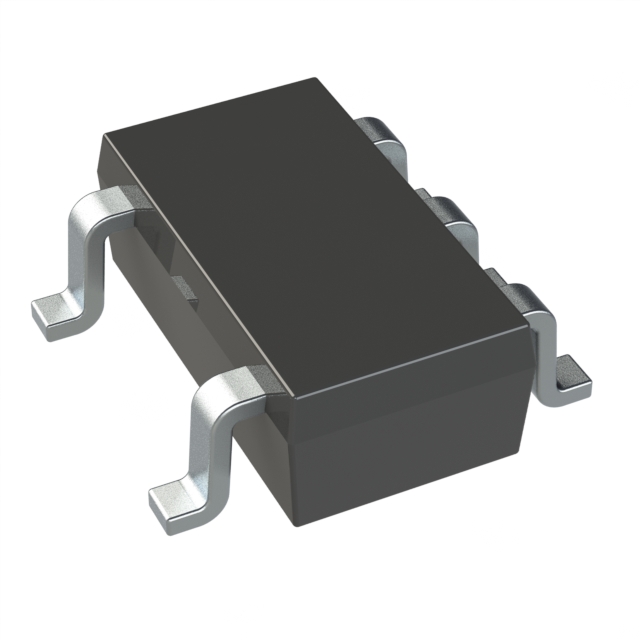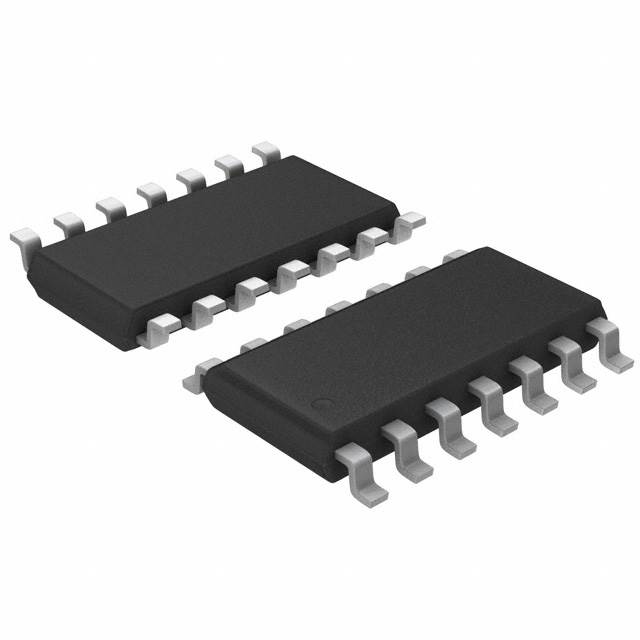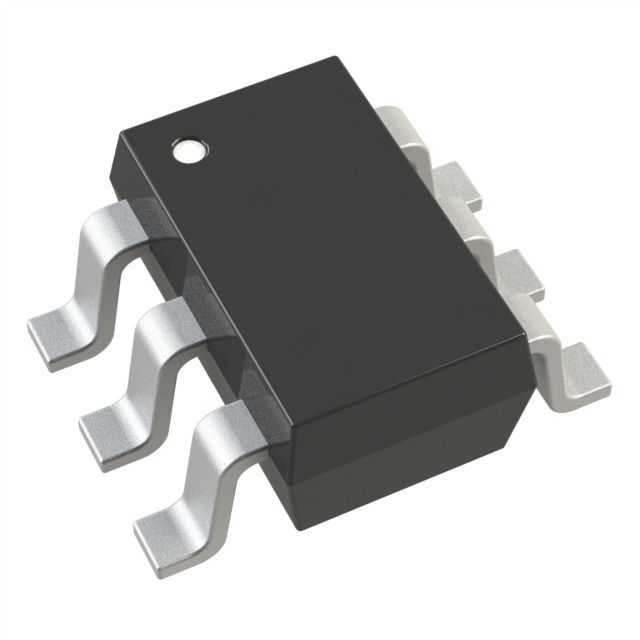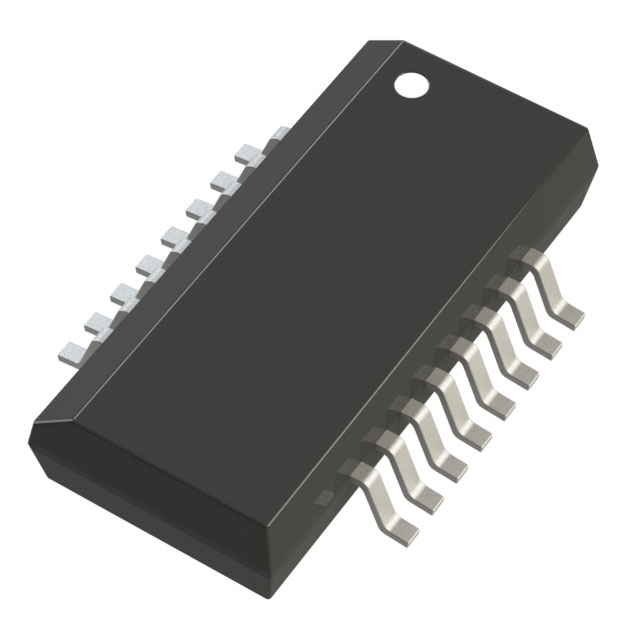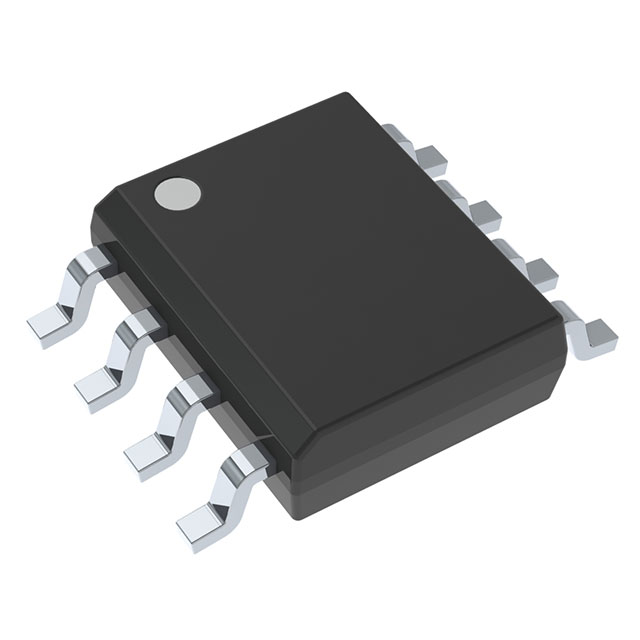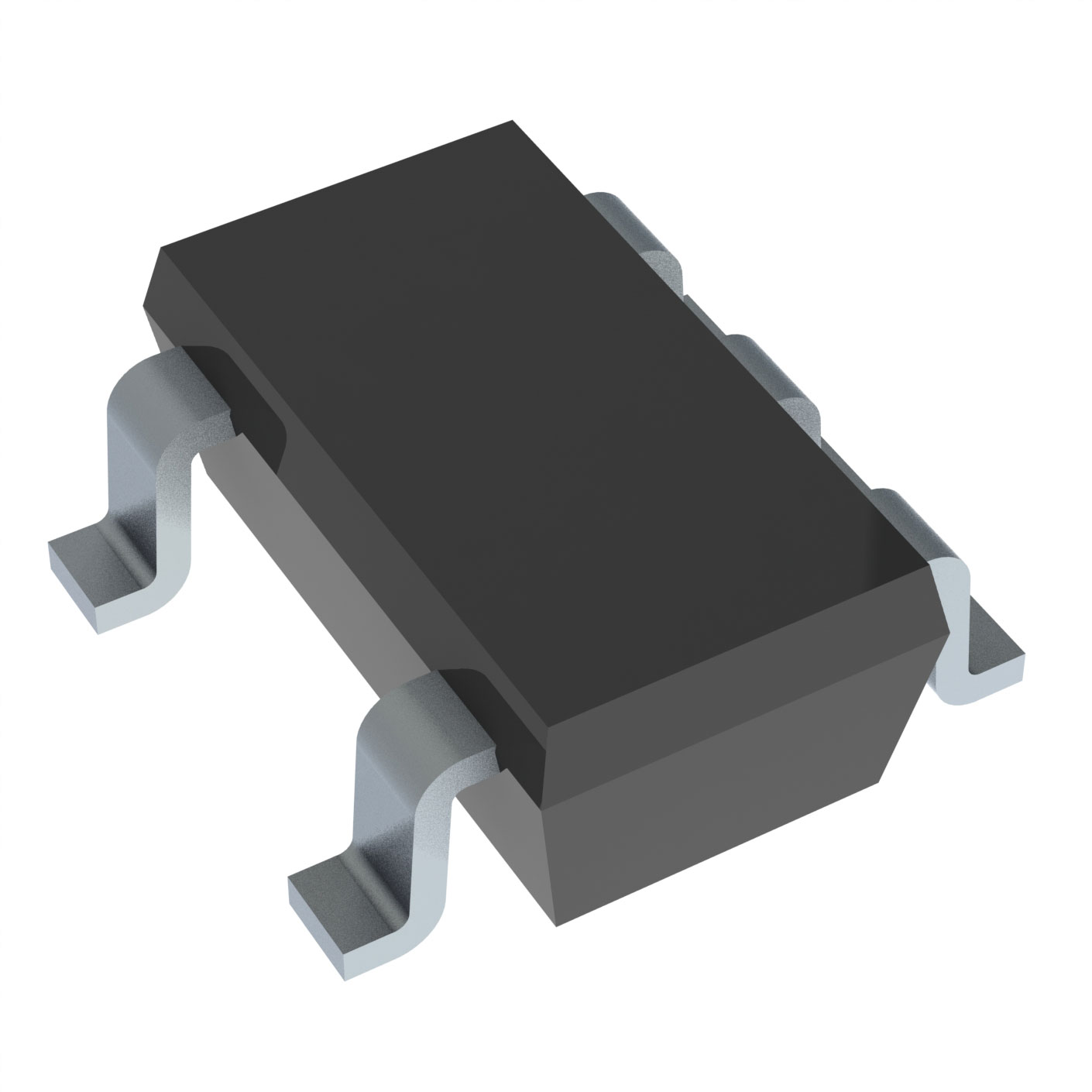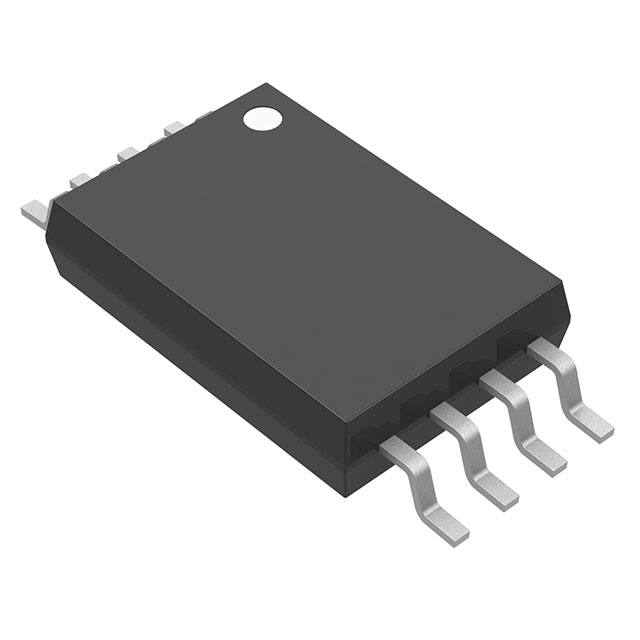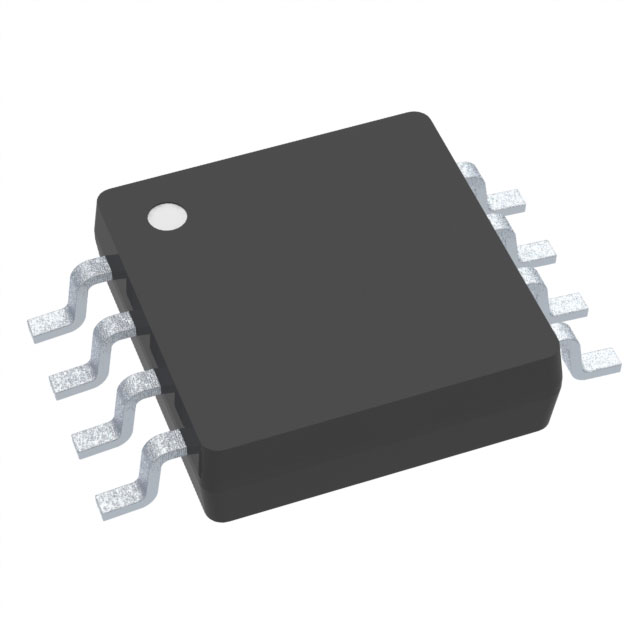Categories
- Comparators(467)
- 1
- 2
- 3
- 4
- 5
- 6
- 24
Description of Comparators
Linear comparators are used to compare two analog signals and tell you which one is bigger. They give a binary output—basically a simple "yes" or "no" answer. While they work similarly to operational amplifiers, linear comparators are specially designed to handle the conditions of comparing signals directly. This makes them better suited for these tasks compared to standard operational amplifiers, which might not work well under these conditions.

Frequently Asked Questions
What is a Comparator in Digital Electronics?
A digital comparator, or magnitude comparator, is an electronic device that takes two binary numbers and determines if one is greater than, less than, or equal to the other. These comparators are used in CPUs and microcontrollers.
Where are Comparators Used?
Comparators are often used to compare a voltage to a stable reference voltage. They’re found in various applications like:
Threshold Detectors: To detect when a signal crosses a certain level.
Zero-Crossing Detectors: To determine when a signal crosses zero volts.
Oscillators: To help generate regular waveforms.
What Does a Comparator Do in Engineering?
A comparator is a precise tool used to measure and compare the dimensions of a workpiece against a standard or reference. They’re commonly used in manufacturing and other technical fields.
Why are Comparators Used in CPUs?
In CPUs, comparators help determine if one number is greater than, less than, or equal to another. They’re crucial for tasks like sorting and making decisions in digital systems, ensuring accurate numerical comparisons.
What is the Purpose of a Comparator?
A comparator circuit compares two voltages and outputs a signal indicating which voltage is higher. For example, it might output a 1 if the voltage on one side is higher, or a 0 if the voltage on the other side is higher. This helps in checking if an input has reached a certain value.
What Can Comparators Detect?
In electronics, comparators can detect various conditions, such as:
Container Blocks: They can check if a container (like a chest or furnace) has items in it.
Other Uses: Comparators are also used in more complex setups, like detecting changes in signals or states.







